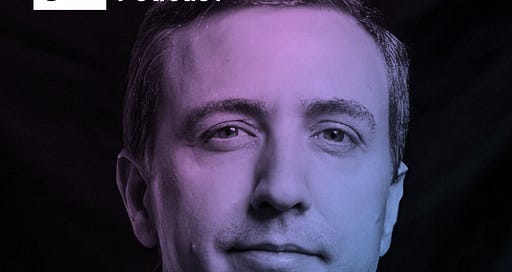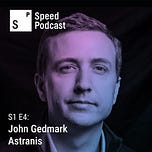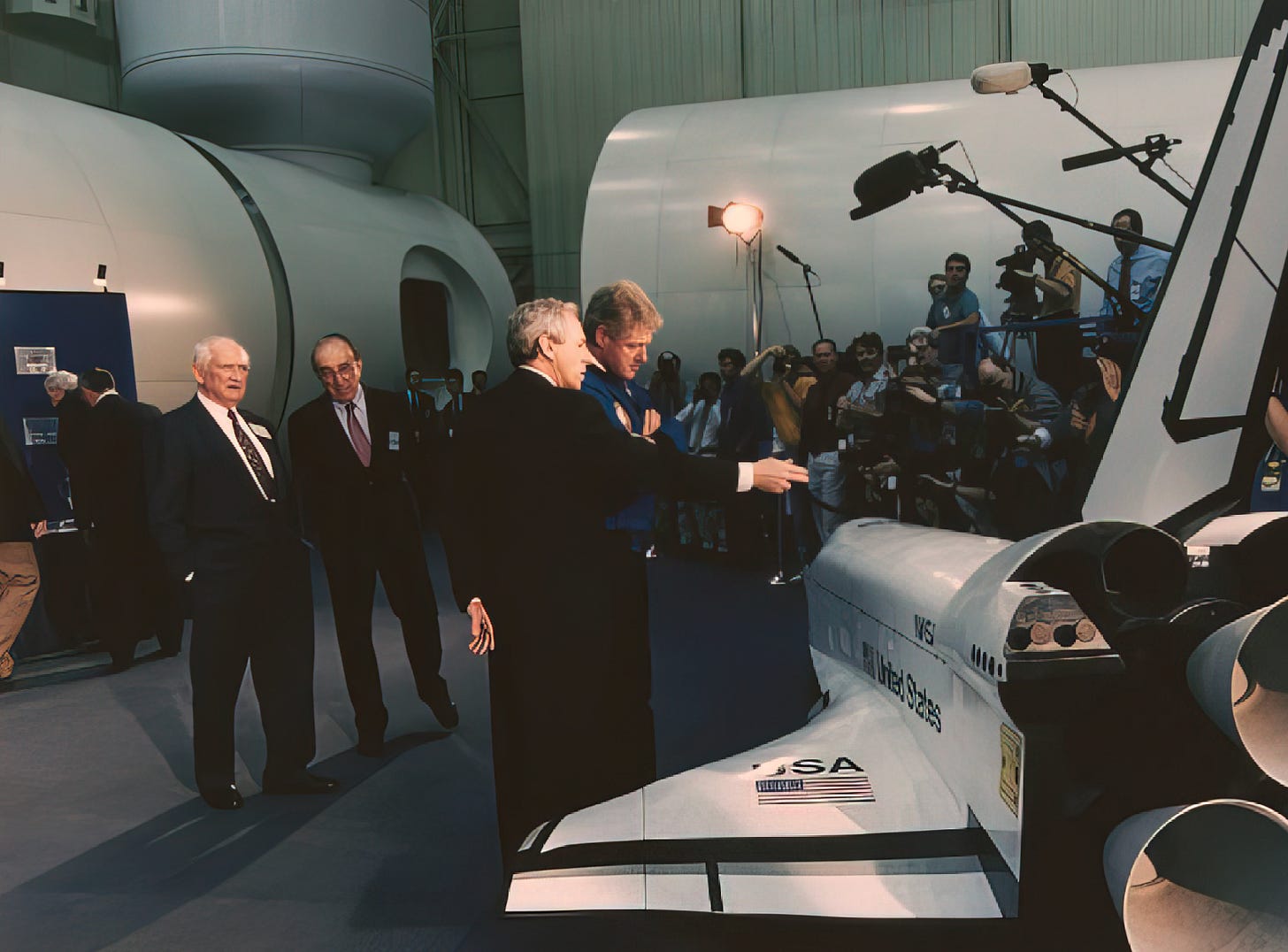Welcome to SPEED. This episode on Spotify and Apple Podcasts.
John Gedmark is the co-founder and CEO of Astranis, a space unicorn bringing connectivity to billions of people who don’t have it.
John and Ryan McLinko started Astranis in 2015. Both had spent time in traditional aerospace, and they were excited to build a company that would deliver internet to billions of people, at a pace that would make traditional companies blush. They raised funding from Fifty Years, then from YC and many other backers.
Astranis is now a company worth more than $1B and is gearing up for deployments that will deliver internet to millions of people in communities in Alaska and Peru. They build on timecycles 2-7x faster than traditional companies, with smaller teams, faster iteration, and more software powering their satellites. Astranis moves fast, while also ensuring extremely high reliability on satellites shipped to space.
Two ingredients to their speed:
1. Discipline on when and how to move fast
When you ship something to space, you can’t go up and fix it if it breaks. In John’s words “If there’s doubt, there’s no doubt” that you should stop and go slow.
The team adds nuance to this to maximize speed.
They hire people who have shipped complex projects. In complex projects, reckless speed has downsides. Astranis hires people who have seen these downsides. A circuit board failing, a critical service going down, or a big design mistake can mean months of delay, and it’s important that team members have internalized that before they join Astranis.
They have a technical advisory board led by Dan Goldin, the former head of NASA. Dan has seen >$200B of aerospace programs in his decades of experience. These ~12 experts do design reviews and are far enough removed from Astranis to avoid the emotional pull to cut corners.
And they have heuristics for when to move fast. At the beginning of hardware design cycles, John will encourage engineers to get a bench test going even without complete information. In software design cycles, they carefully create a spec and test suite and quickly iterate towards it.
2. Build with scrappiness and hustle
When normal aerospace companies build satellites, they lease or build large clean rooms and test facilities to do engineering and testing in.
Astranis built their own clean room using shower curtains and PVC pipe in a garage. They used a particulate sensor to ensure it met the standard spec.
When they needed to test a satellite broadcasting, they turned a local park into a satellite test range to avoid waiting a couple of weeks and paying thousands of dollars to rent a test range.
When the COVID lockdown happened, they went fully remote in 5 hours, deploying satellite test rigs to employees’ garages.
Each moment saved weeks or months of time, enabling them to ship their first prototype in 3 months, get to space a year after that, and have an overall design cycle 2-7x faster than traditional satellite makers.
If you or a friend are starting a company in climate, health, education, or another important problem area, reach out! We’d love to help you realize your vision for improving the world. Consider this a warm intro.















Share this post